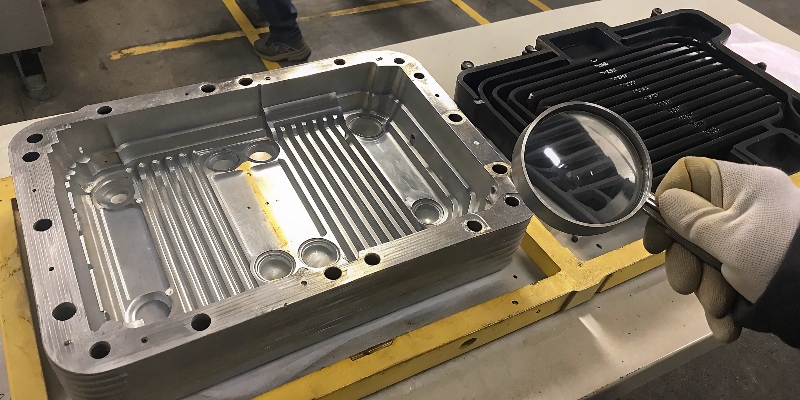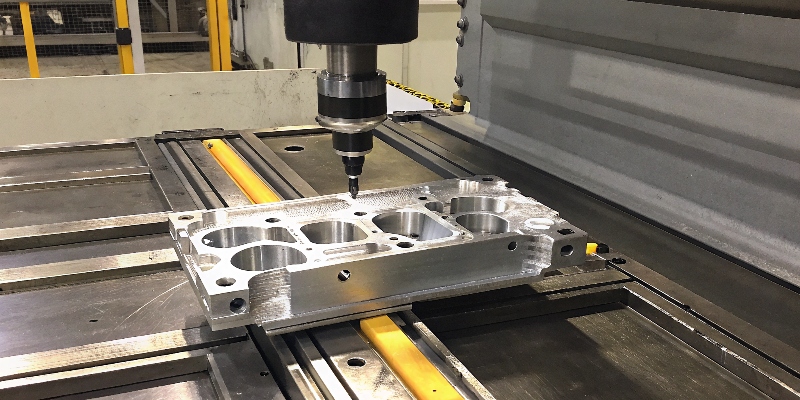What Core Systems Define an Electric Vehicle’s Performance?
Evaluating EV suppliers is complex. Picking the wrong partner for a single component can undermine the entire vehicle’s performance. Understanding the core systems is the key to making smart decisions. The three core systems defining EV performance are the battery pack1, which provides energy; the electric motor2, which creates motion; and the power electronics3, which […]







